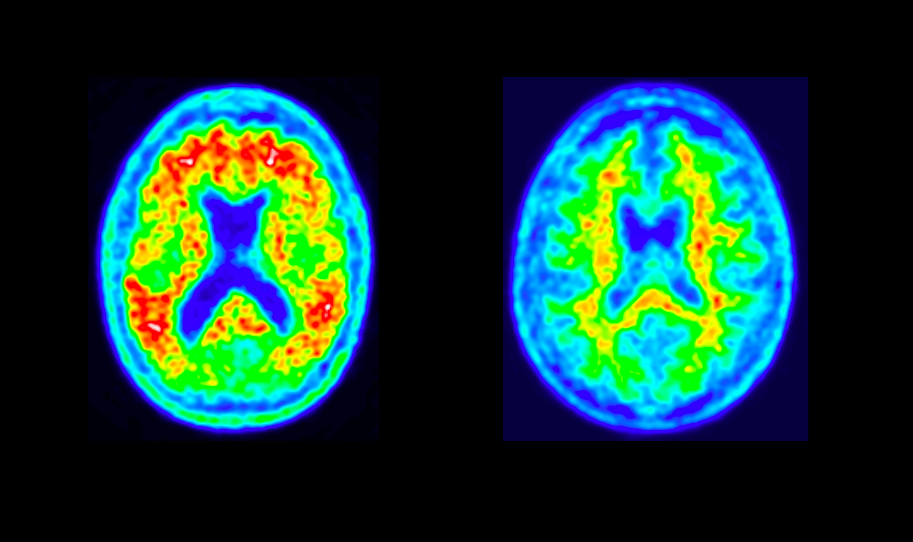Groundbreaking Alzheimer’s Study Reaches New Stage
Haga clic aquí para leer este boletín en español.
The Alzheimer’s Disease Neuroimaging Initiative (ADNI), a pioneering study in the Alzheimer’s research field, is entering a landmark phase.
The project, led by Dr. Michael Weiner (also the Principal Investigator of the Brain Health Registry), has been running for the past 18 years. During this time, ADNI has facilitated understanding of how the brain changes during Alzheimer’s, and has improved our ability to diagnosis the disease. Furthermore, data from ADNI is playing a major role in the development of Alzheimer’s treatments.
The newest stage of ADNI, called ADNI4, is funded by the U.S. National Institute on Aging, and will begin enrolling participants within the next couple months.
 ADNI4 will focus on the recruitment of populations who have been historically under-included in Alzheimer’s disease research, including the Black/African American, Latino, American Indian/Alaska Natives, and Asian American and Pacific Islander communities, as well as those with a high school education or less. Having a diverse group of research participants that represent the general population is crucial, and can help ensure study findings benefit all communities.
ADNI4 will focus on the recruitment of populations who have been historically under-included in Alzheimer’s disease research, including the Black/African American, Latino, American Indian/Alaska Natives, and Asian American and Pacific Islander communities, as well as those with a high school education or less. Having a diverse group of research participants that represent the general population is crucial, and can help ensure study findings benefit all communities.
“One of the biggest problems in all clinical research, including Alzheimer’s research and treatment trials, is that the study populations have been predominantly well-educated, non-Hispanic white people, with very few participants from communities of color, and communities with lower education and income who experience health disparities,” said Dr Weiner. “Therefore, a major goal of ADNI4 will be to enroll 50-60% of all new participants from these under-represented communities.”
ADNI’s Beginnings
Dr. Weiner launched the first phase of ADNI in 2004, with the goals of improving clinical trials and understanding changes in the brain over time due to Alzheimer’s disease. Subsequent stages of the project incorporated brain imaging to better identify markers of Alzheimer’s, such as clumps of amyloid protein and tangles of tau protein.
So far, ADNI has enrolled over 2,000 participants. These individuals are monitored over time using brain imaging, cognitive assessments, blood tests, and genetic tests. More information about the relationship between Alzheimer’s disease and genetics can be found in our previous newsletter. Blood tests are discussed here.

ADNI is unique in that all the data collected in the study is publicly available to any researcher upon request. This makes scientific data more accessible, fosters research collaboration across different scientific institutions, and speeds up the ability for researchers to find new ways to diagnose and treat Alzheimer’s disease. To date, ADNI data has yielded almost 5,000 scientific publications.
Next Steps For ADNI4
For ADNI4, up to 20,000 older adults aged 55 to 90 will undergo online screening, including the use of a novel speech-based memory test and a brief questionnaire. Then, 4,000 of these individuals will undergo blood and genetic testing, which may identify those at higher risk for developing Alzheimer’s disease. Out of this group, 500 participants will be referred to one of 60 clinical sites located throughout the United States and Canada to participate in additional testing.
“We hope that the lessons learned, and the examples set from this study will help transform all Alzheimer’s disease research to be more generalizable to the populations at risk for the disease,” Dr. Weiner said.




